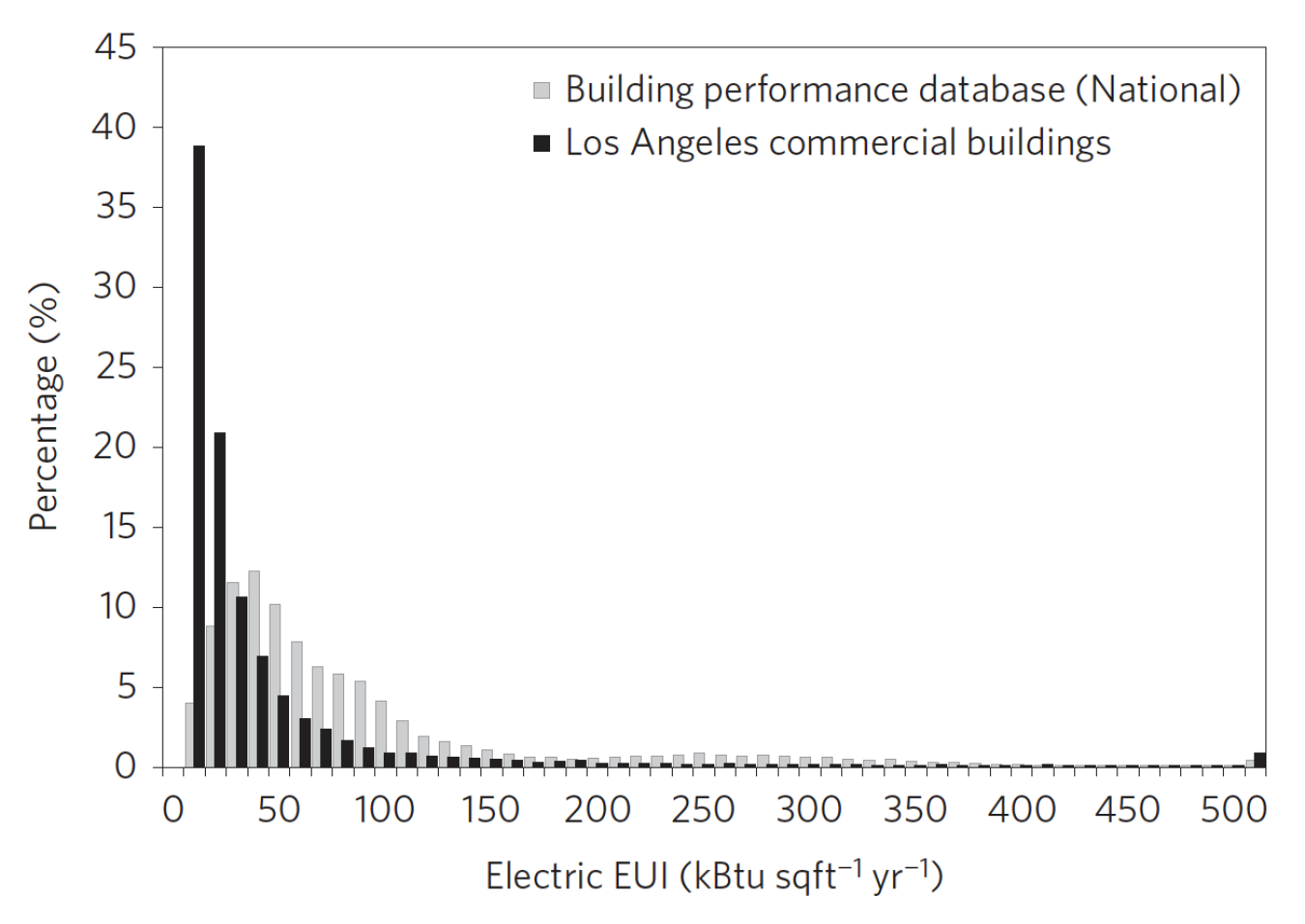Over one million buildings have energy and asset data entered into the Building Performance Database (BPD)!
August 21, 2017Over one million buildings have energy and asset data entered into the Building Performance Database (BPD)! This repository of rich information continues to expand, escalating its value for users.
The Building Performance Database is the nation’s largest dataset of energy performance information for commercial and residential buildings. The BPD combines, cleanses, and anonymizes data collected by federal, state and local governments, utilities, energy efficiency programs, building owners, and private companies, and makes it available to the public.
BPD seeds innovation.
The BPD provides a source of data critical to exploratory investigations in emerging technologies or market trends, which many stakeholders are taking advantage of. Researchers at the University of Alabama, Birmingham have set out to query and analyze BPD data to inform the development of distributed generation options for the university. Architects and engineers working on the project have been able to develop energy baselines for specific classes of projects -- for example, performing arts buildings -- by filtering data in the BPD. The private sector has also taken notice with engineering firms using the BPD to help clients reach their energy goals. Taylor Engineering, a firm based in California, has used the BPD to develop and customize energy use intensity (EUI) targets for a creative arts building at a California state university campus with specific needs -- e.g., heavy lighting loads in television newsrooms and audio/visual recording studios lights.
BPD supports efficiency programs.
The BPD provides public access to anonymized data on actual building energy performance. The Houston Advanced Research Center (HARC) tapped the BPD to help local governments and state organizations benchmark their buildings. Also, for a utility program, HARC probed the BPD and profiled EUIs for small commercial buildings in hot humid climates. Boston employed the BPD to analyze data from the city's own benchmarking ordinance and compare how Boston buildings stack up against national averages in the same climate zone.
BPD advances scientific knowledge.
The BPD can supply foundational data for scientific inquiries. Researchers at UCLA used the database to compare electric EUIs for commercial buildings in Los Angeles against the national commercial building dataset (Figure 1).

Figure 1: EUI distribution of Los Angeles commercial buildings (black) versus a national dataset from the Building Performance Database (grey). (Source: Asensio and Delmas)
Scientists at the National University of Singapore will investigate BPD data to explore relationships between climate and building orientation. Researchers at Eurac Research – Institute of Renewable Energy have used BPD data to enrich their European database, which provides the average energy consumed in homes and offices for heating, cooling, domestic hot water, and lighting in a European country or climatic region. The data held in the BPD can be purposed for a kaleidoscope of uses, sparked by the research needs of the user.
Are you using the BPD? We welcome news of projects integrating use of the database -- you can reach us at bpd@ee.doe.gov.

